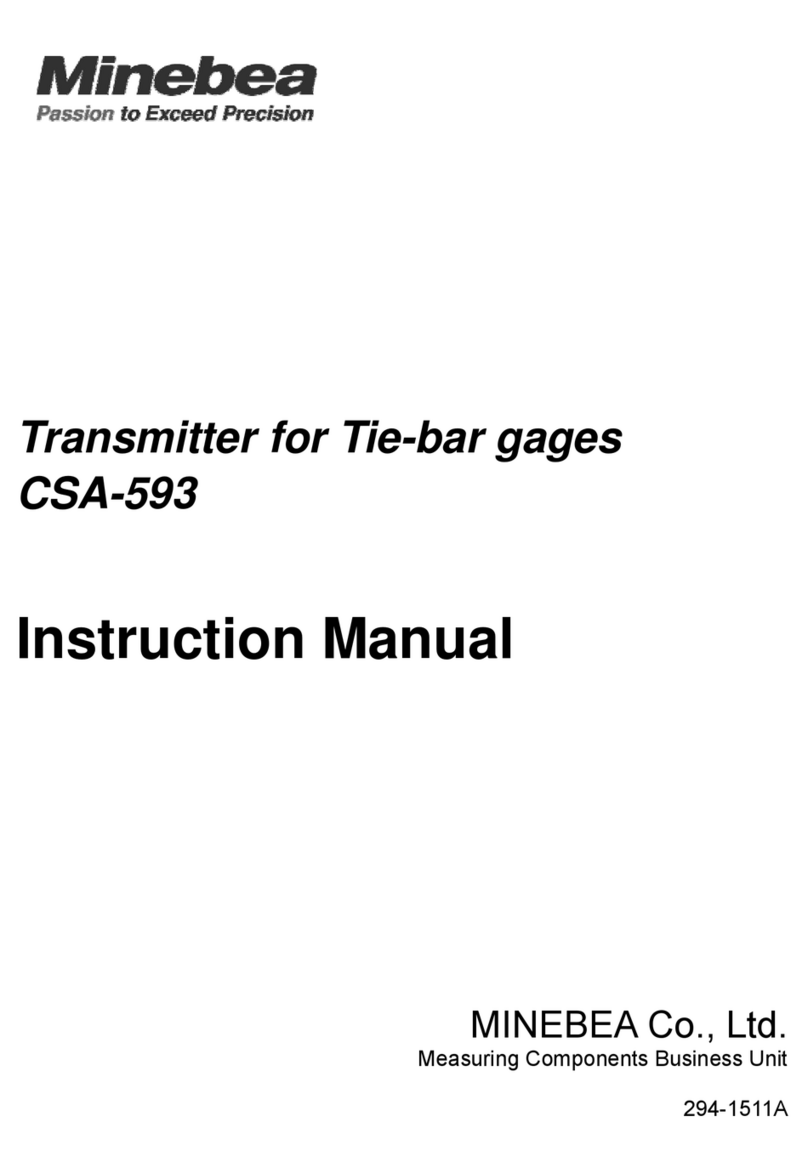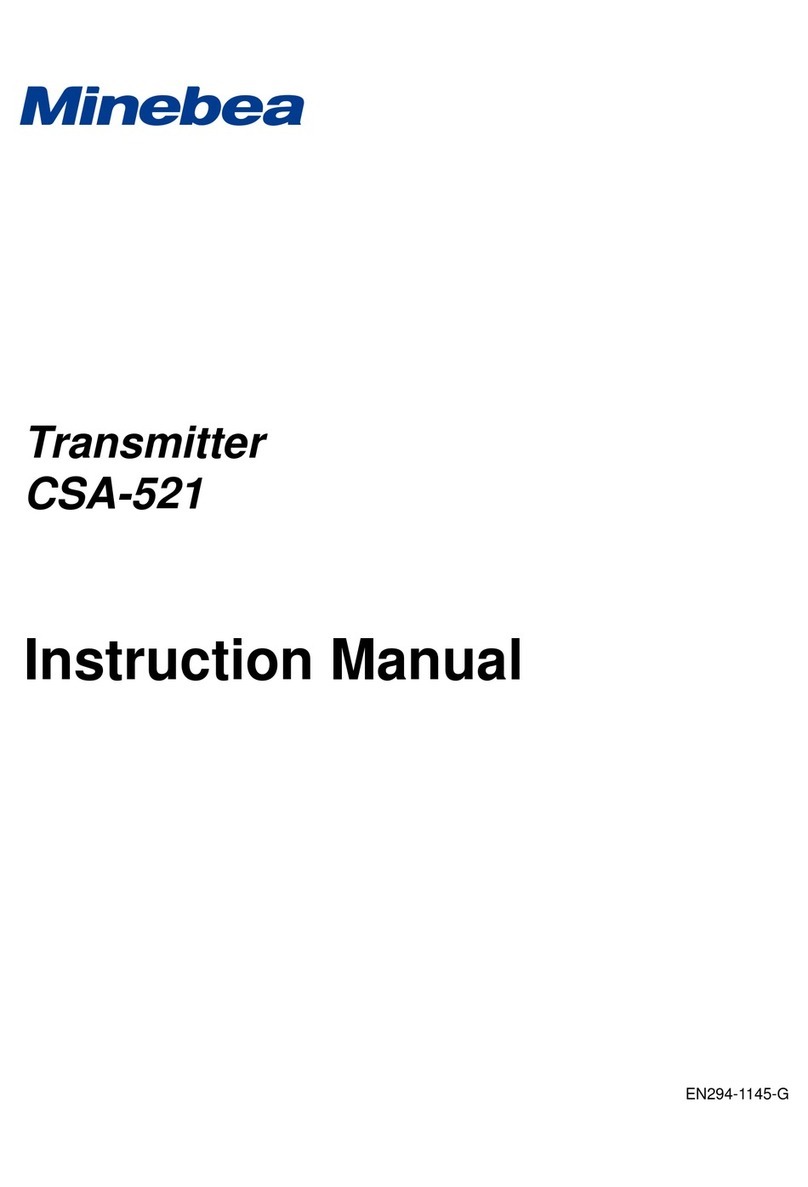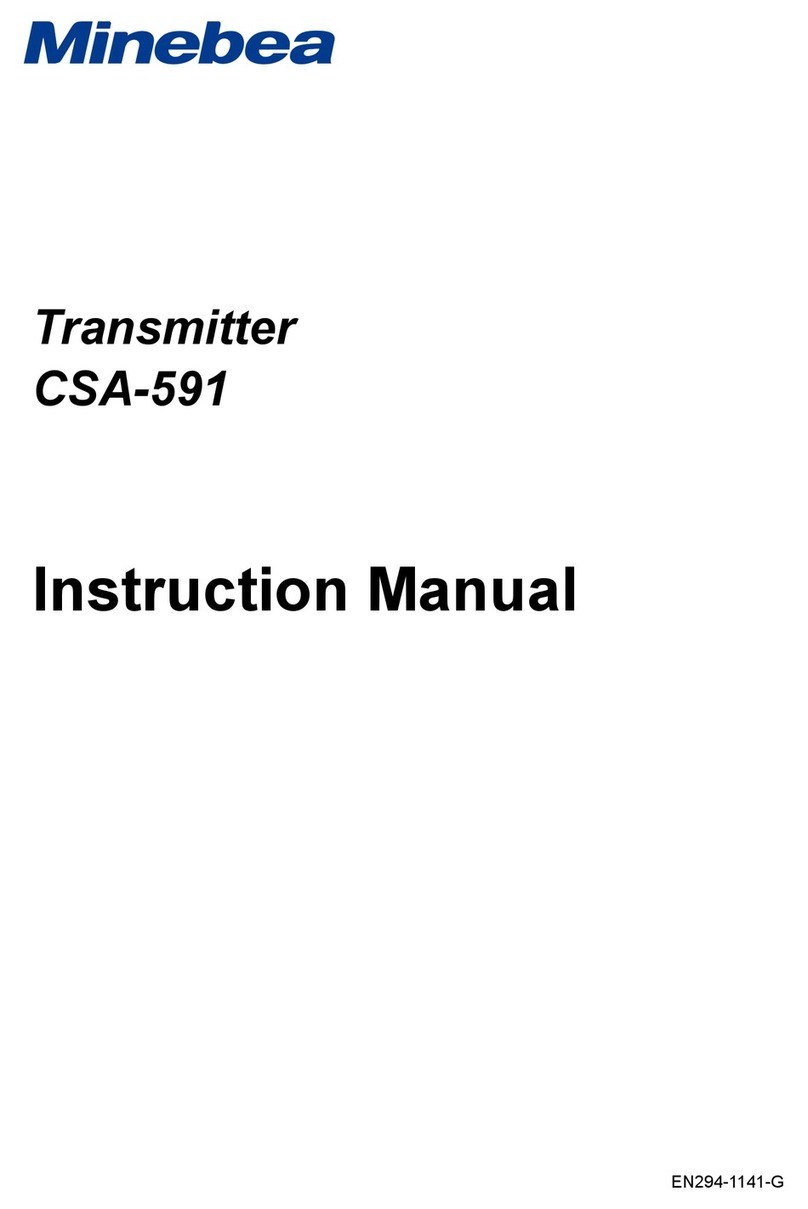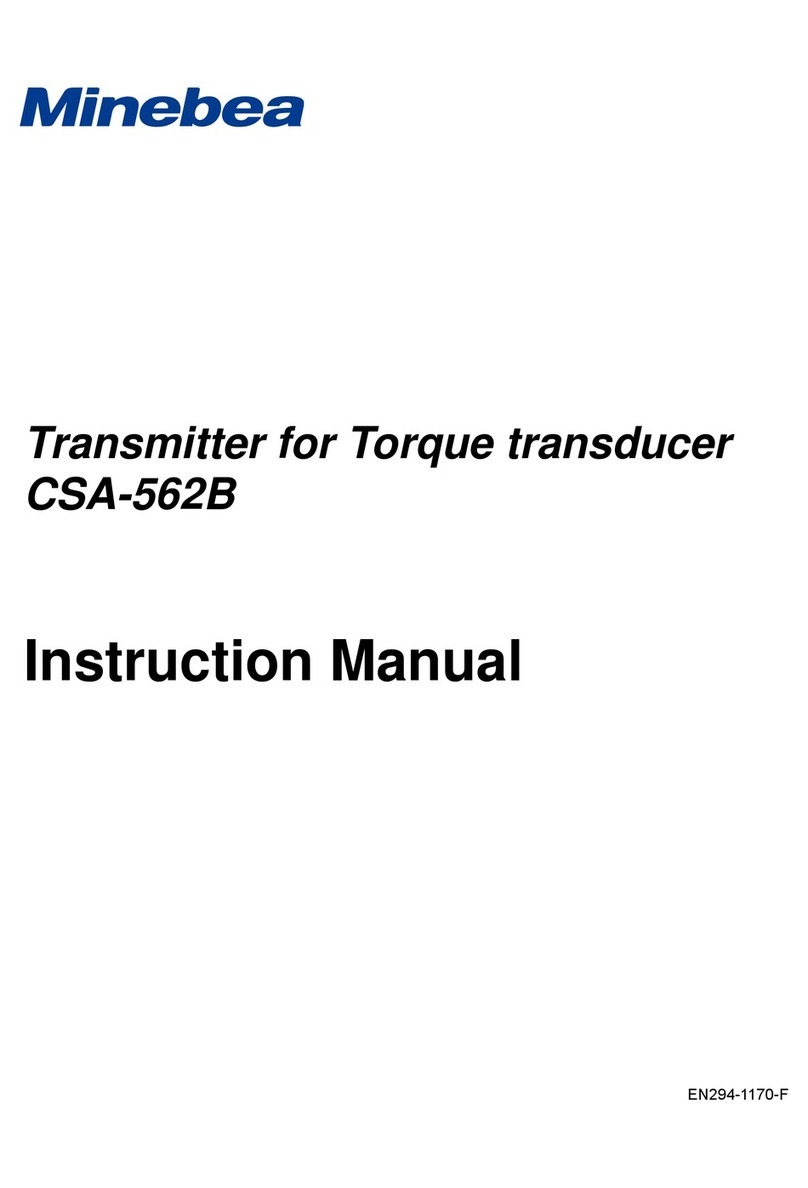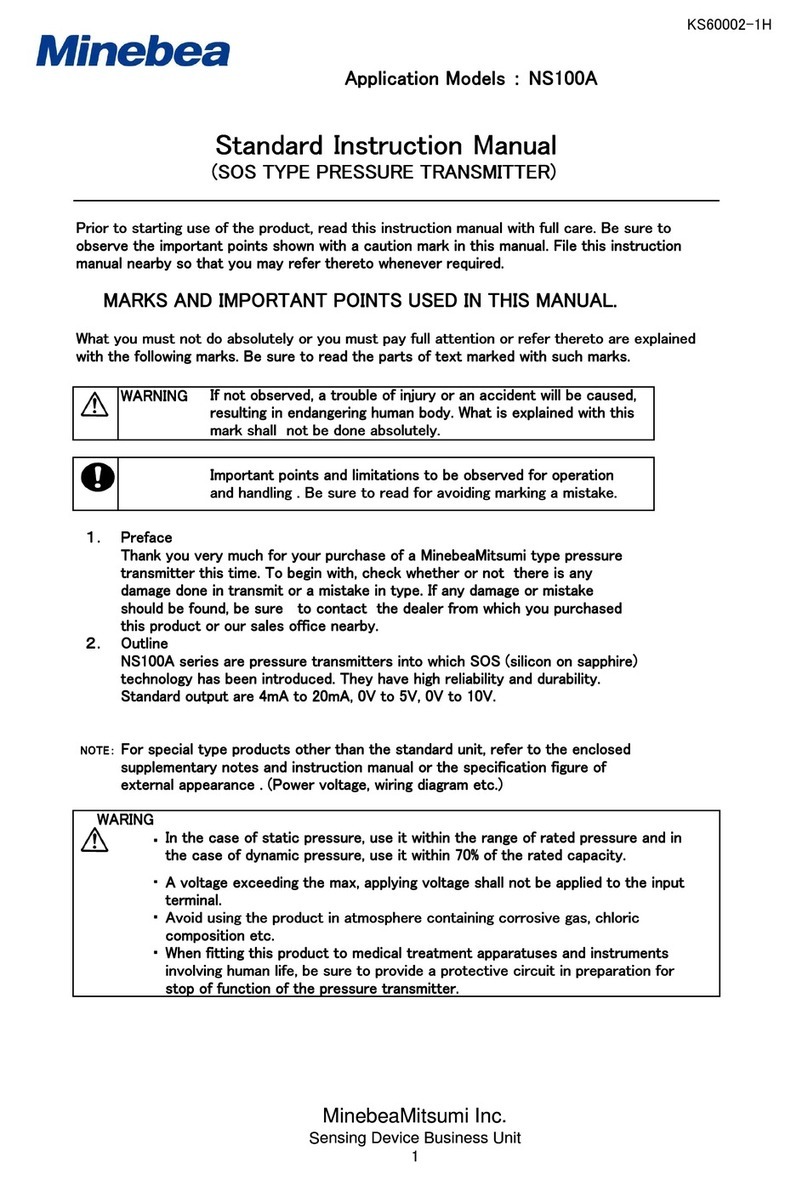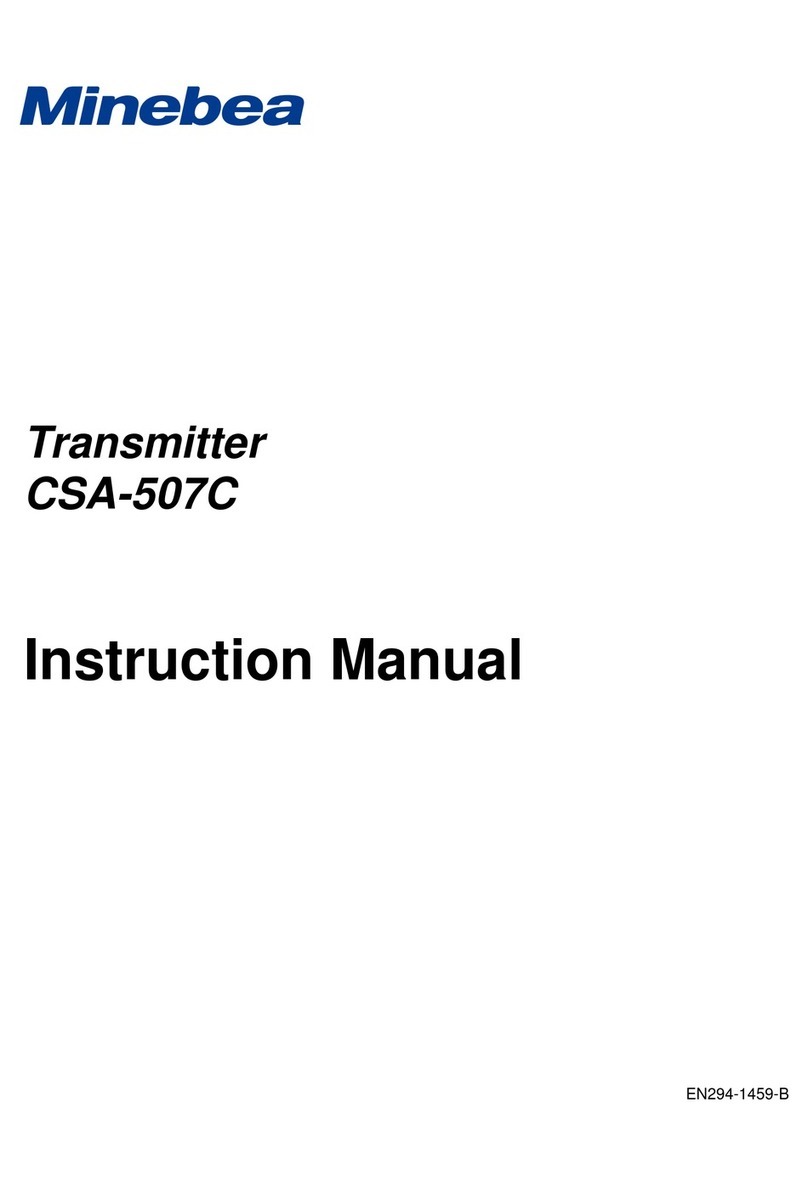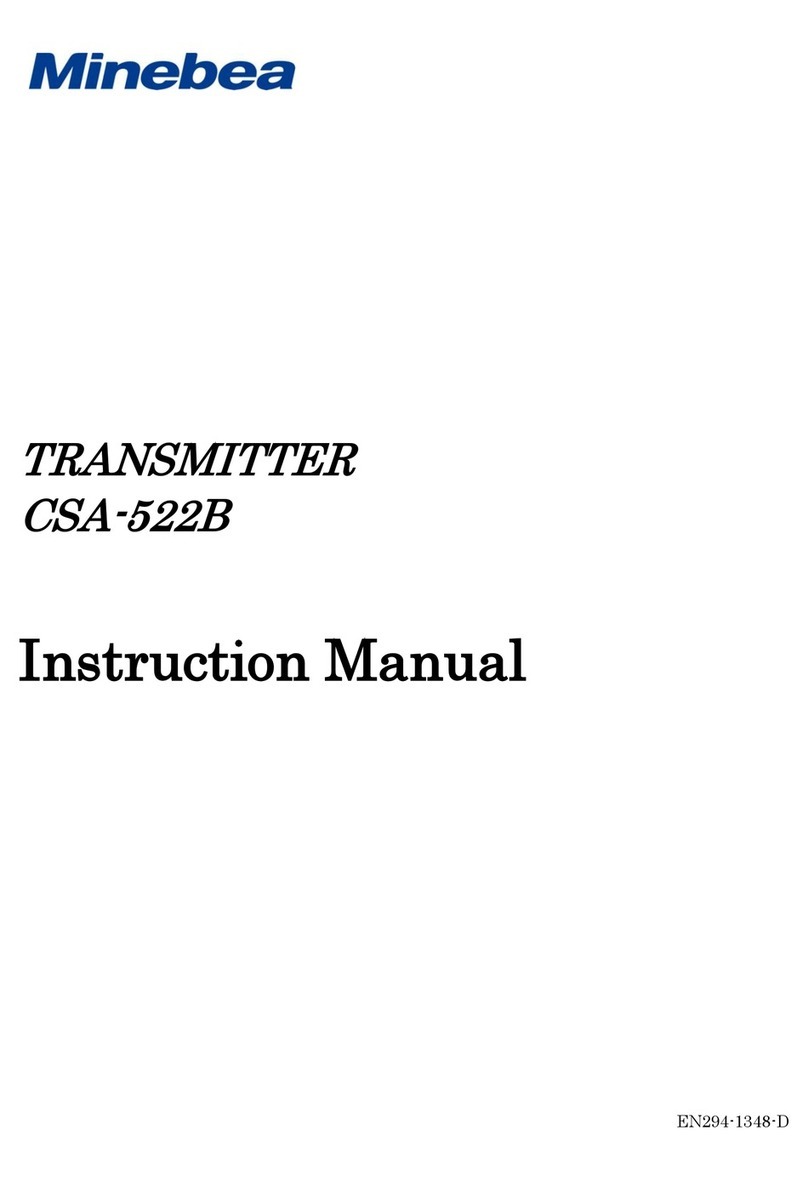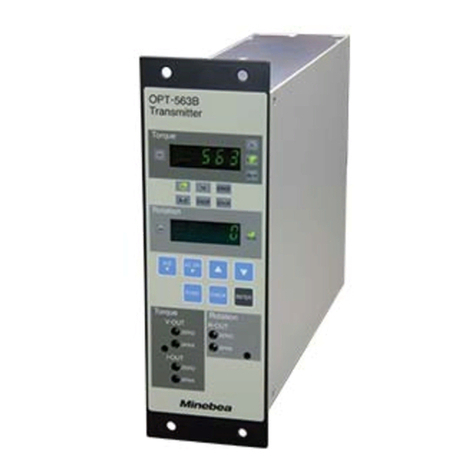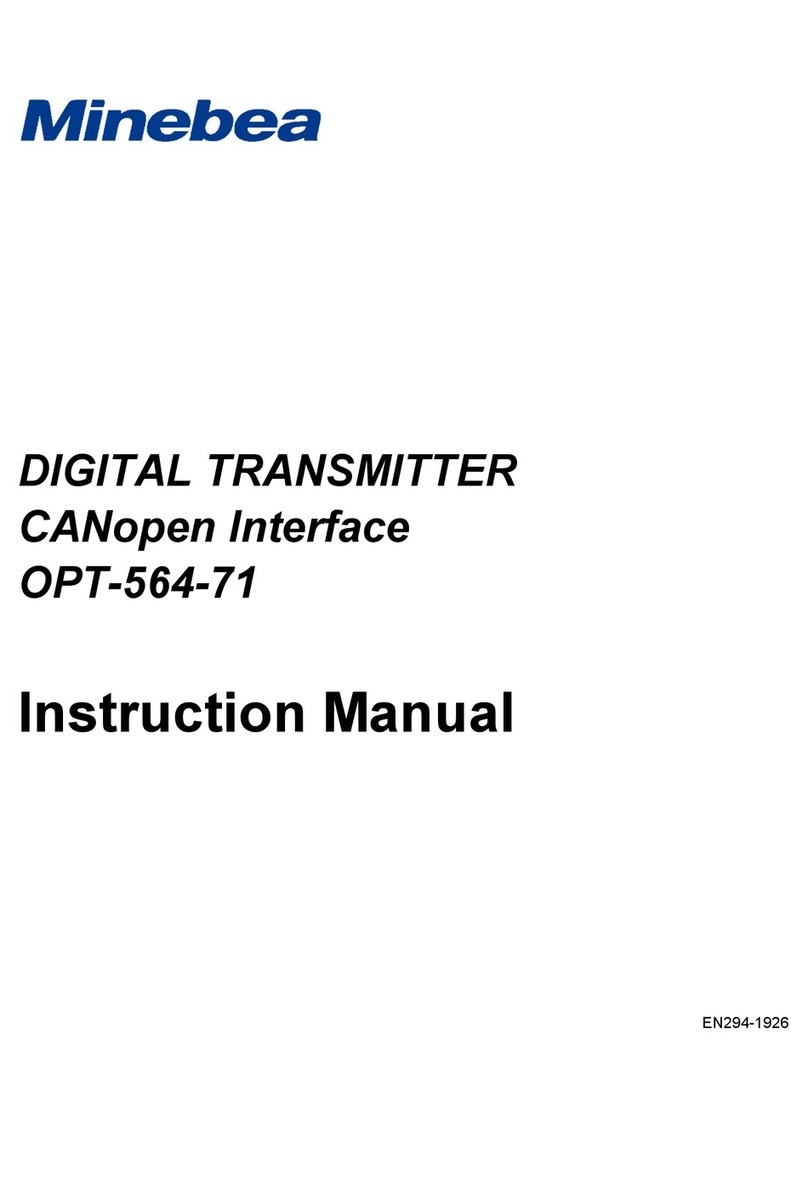III
Contents
INTRODUCTION......................................................................................................................................................I
PICTOGRAMS AND CONVENTIONS USED IN THIS MANUAL ...........................................................................I
REVISION HISTORY...............................................................................................................................................II
CONTENTS............................................................................................................................................................III
1. PART NAMES AND FUNCTIONS...................................................................................................................5
1-1. Front Panel .......................................................................................................................................................................................... 5
1-2. Rear Panel ............................................................................................................................................................................................ 7
2. OPERATING INSTRUCTIONS........................................................................................................................8
2-1. Key ................................................................................................................................................................................................. 8
2-1-1. When Operated in Measurement Mode ...........................................................................................8
2-2. Key ................................................................................................................................................................................................. 8
2-2-1. When Operated in Measurement Mode ...........................................................................................8
2-2-2. When Operated in Other Modes.......................................................................................................8
2-3. Key ................................................................................................................................................................................................. 8
2-3-1. When Operated in Measurement Mode ...........................................................................................8
2-3-2. When Operated in Other Modes.......................................................................................................8
2-4. Key .................................................................................................................................................................................................. 8
2-4-1. When Operated in Measurement Mode ...........................................................................................8
2-4-2. When Operated in Other Modes.......................................................................................................9
2-5. Key .................................................................................................................................................................................................. 9
2-5-1. When Operated in Measurement Mode ...........................................................................................9
2-5-2. When Operated in Other Modes.......................................................................................................9
2-6. Key .................................................................................................................................................................................................. 9
2-6-1. When Operated in Measurement Mode ...........................................................................................9
2-6-2. When Operated in Other Modes.......................................................................................................9
2-7. Key .................................................................................................................................................................................................. 9
3. CALIBRATION...............................................................................................................................................10
3-1. Settings Required for Calibration ............................................................................................................................................. 10


